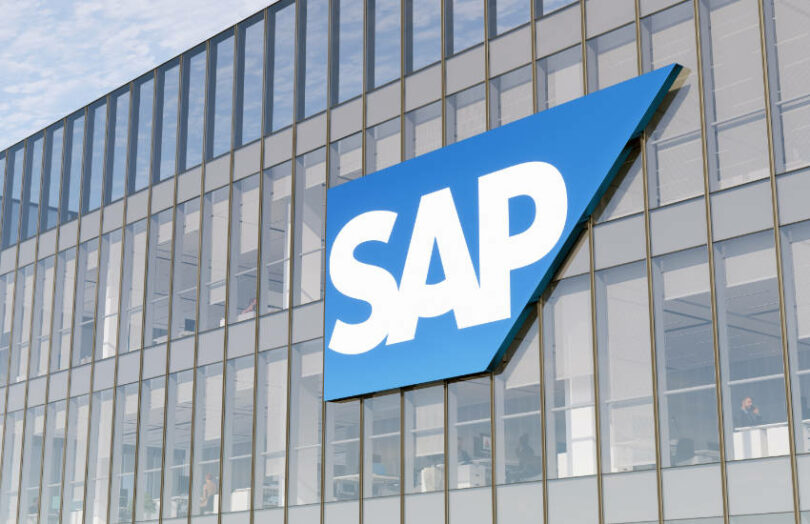SAP recently announced the launch of an experimental Digital Currency Hub to enable companies to trial cross border payments for business transactions using blockchain-based stablecoins.
For now users can trial using Circle’s USDC and EUROC stablecoins to pay international invoices, but only on a test blockchain network with play money.
It’s widely known that cross border payments are slow, unpredictable and expensive. In contrast stablecoin payments are final within minutes, and can be very cheap. That’s provided you use a network with low gas fees.
SAP believes two things hold back businesses from using blockchain payments. The first is the volatility of cryptocurrencies which is addressed by (some) stablecoins. And the second is a lack of connectivity to accounting systems. We’d argue there’s a third. Payment recipients need to be willing to accept stablecoins and have the ability to receive them.
When someone pays an invoice, an accounts department usually tracks that through a bank account or credit card bill. With blockchain that’s a bit messier.
Which is where SAP’s Digital Currency Hub comes in, connecting the blockchain ledger to the accounts system, so the payment is easily tracked in a conventional manner.
Some central banks are not so keen on stablecoins, which is one of the motivations for introducing central bank digital currencies (CBDC). The European Central Bank recently said it doesn’t want to see stablecoins backed by central bank money, which means they carry some risks. For example, when Silicon Valley Bank went bust, USDC temporarily lost its peg.
The efficiency benefits of blockchain payments could threaten the lucrative corporate banking business. Hence, while CBDC’s take their time to progress, banks are starting to explore deposit tokens. For example, JP Morgan’s JPM Coin is a blockchain-based bank account, but the bank is also exploring deposit tokens, as are German banks. The SAP move may be a sign they need to more faster.






